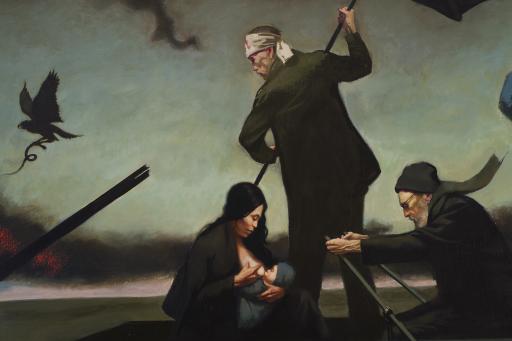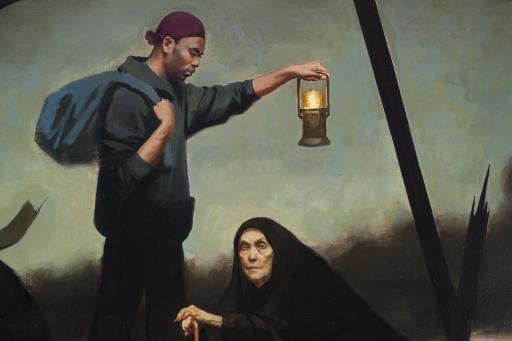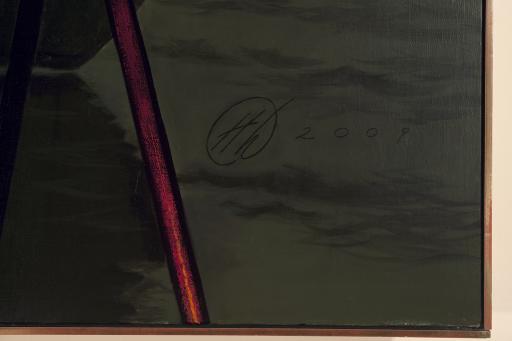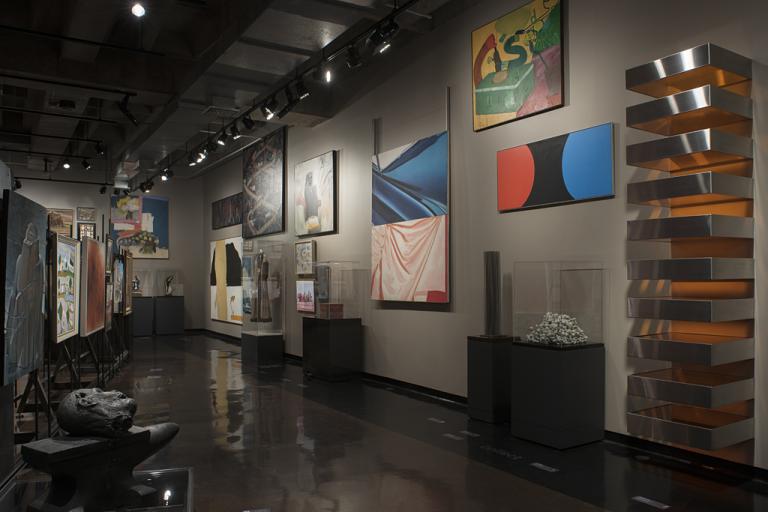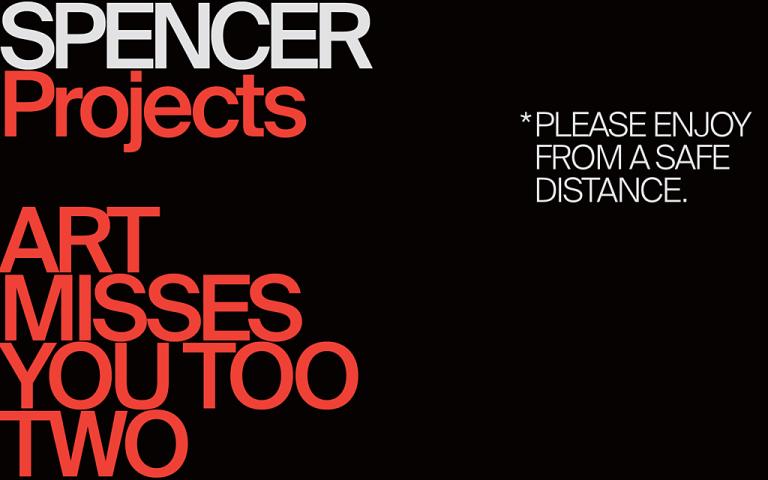Nocturnal Passage, Harvey Dinnerstein
Artwork Overview
Harvey Dinnerstein, artist
1928–2022
Nocturnal Passage,
2009
Where object was made: United States
Material/technique: canvas; oil
Dimensions:
Canvas/Support (Height x Width x Depth): 142.2 x 243.8 cm
Canvas/Support (Height x Width x Depth): 56 x 96 in
Frame Dimensions (Height x Width x Depth): 57 x 96 3/4 in
Canvas/Support (Height x Width x Depth): 142.2 x 243.8 cm
Canvas/Support (Height x Width x Depth): 56 x 96 in
Frame Dimensions (Height x Width x Depth): 57 x 96 3/4 in
Credit line: Museum purchase: Peter T. Bohan Art Acquisition Fund
Accession number: 2011.0004
Not on display
If you wish to reproduce this image, please submit an image request

